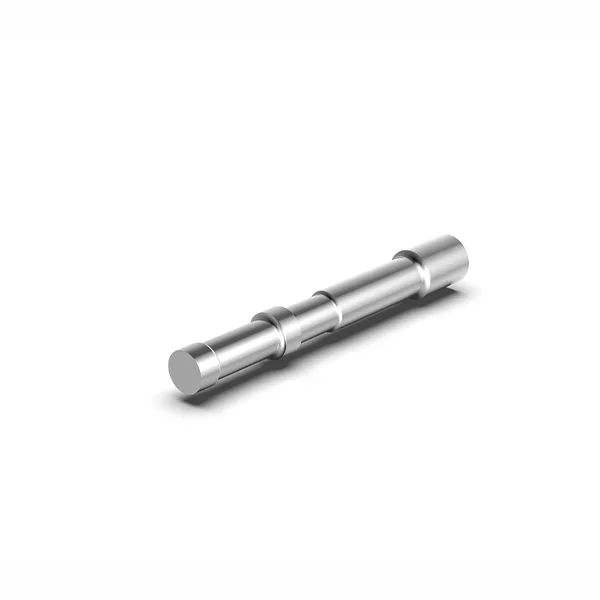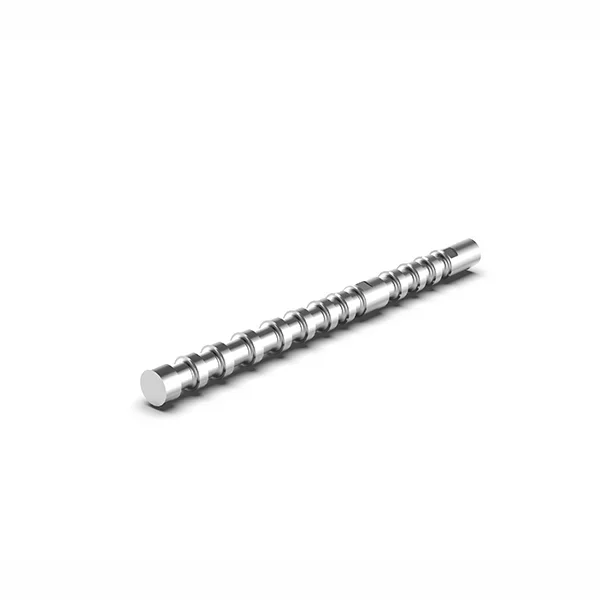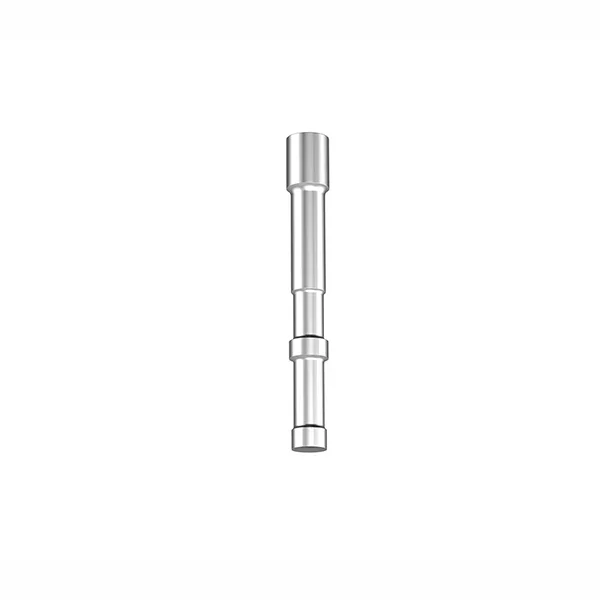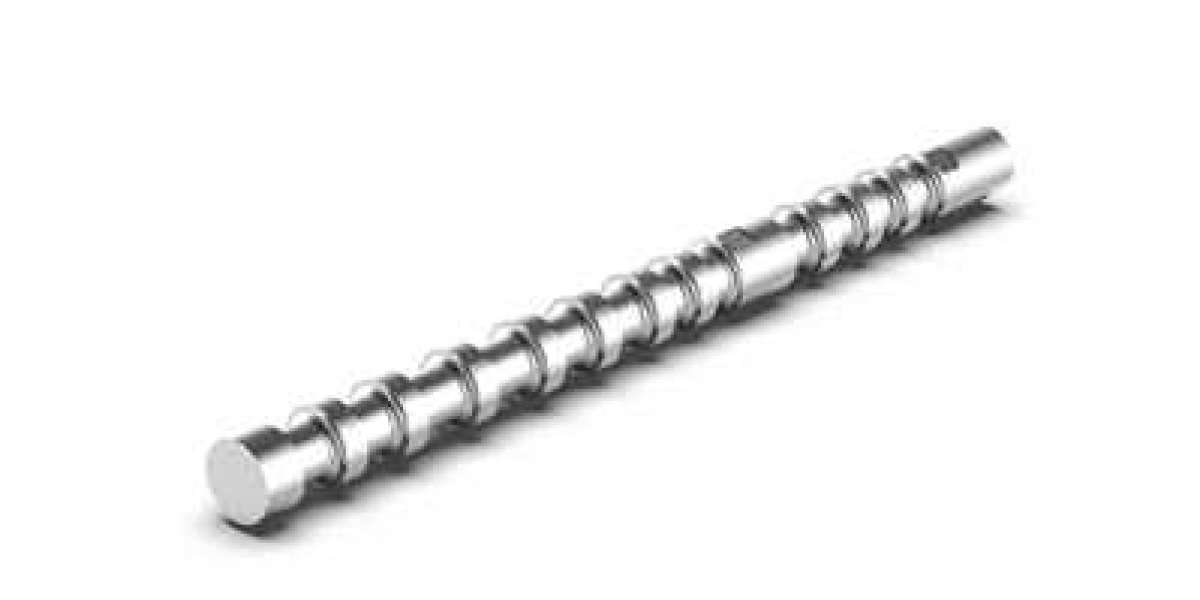Ultrasonic horns, also known as ultrasonic converters or transducers, are crucial components in various industrial applications. These devices play a vital role in converting electrical energy into high-frequency mechanical vibrations, which are then used for a wide range of processes. Ultrasonic horns have become essential tools in industries that require precision, efficiency, and reliability. In this article, we will explore the industrial applications of ultrasonic horns and discuss their importance in different sectors.
I. Understanding Ultrasonic Horns
Before delving into the various industrial applications, let's first understand the basics of ultrasonic horns. An ultrasonic horn is typically made of a piezoelectric material, such as quartz or ceramics, that converts electrical energy into mechanical vibrations. These vibrations are then amplified and focused through the design and shape of the horn.
The shape and dimensions of the ultrasonic horn are crucial factors in determining the performance and efficiency of the device. Horns are often designed with specific geometries, such as tapered, stepped, or exponential profiles, to achieve desired effects such as amplification, focusing, or dispersion of ultrasonic energy.

II. Industrial Applications of Ultrasonic Horns
1. Ultrasonic Welding:
Ultrasonic horns are widely used in the field of ultrasonic welding, a technique that joins two pieces of material through the localized application of high-frequency mechanical vibrations. The ultrasonic horn ensures the efficient transmission of vibrations to the joint interface, resulting in rapid melting and bonding of thermoplastic materials. This process is commonly used in industries such as automotive, electronics, packaging, and medical device manufacturing.
2. Ultrasonic Cleaning:
Ultrasonic horns play a crucial role in ultrasonic cleaning systems. These systems use high-frequency sound waves generated by the horn to create cavitation bubbles in a cleaning solution. The collapsing of these bubbles produces intense scrubbing action, effectively removing dirt, grease, and contaminants from various objects, including precision parts, jewelry, lenses, and medical instruments. Ultrasonic cleaning is preferred for its thoroughness, efficiency, and ability to clean intricate shapes and hard-to-reach areas.
3. Ultrasonic Cutting:
Ultrasonic horns find applications in ultrasonic cutting processes, particularly for materials that are difficult to cut using traditional methods. The high-frequency vibrations generated by the horn create localized friction and heat, allowing for precise and clean cutting of materials such as plastics, rubber, textiles, and food products. Ultrasonic cutting is favored for its ability to reduce material deformation, eliminate the need for additional finishing processes, and improve overall cutting speed.
4. Ultrasonic Sizing and Sieving:
Ultrasonic horns are utilized in sizing and sieving applications where precise particle size distribution is required. The high-frequency vibrations generated by the horn help in breaking up agglomerates and ensuring uniform particle size. This technique is widely used in industries such as pharmaceuticals, food processing, and chemical manufacturing, where accurate particle size control is critical for product quality and consistency.
5. Ultrasonic Atomization:
Ultrasonic horns are employed in ultrasonic atomization processes, where liquids are converted into a fine mist or spray. This technique finds applications in industries such as pharmaceuticals, cosmetics, and agriculture. Ultrasonic atomization offers advantages such as precise droplet size control, efficient use of liquid materials, and the ability to create a uniform coating or dispersion.
6. Ultrasonic Emulsification:
Ultrasonic horns are also utilized in ultrasonic emulsification processes, where two immiscible liquids are mixed to form a stable and uniform emulsion. This technique is commonly used in the production of cosmetics, pharmaceuticals, and food products. The high-frequency vibrations generated by the horn break down the emulsion components into smaller droplets, resulting in a finer and more stable emulsion.

III. Advantages of Ultrasonic Horns
Ultrasonic horns offer several advantages that make them indispensable in various industrial applications:
1. Precision and Efficiency:
Ultrasonic horns enable precise and localized application of high-frequency vibrations, ensuring accuracy and efficiency in processes such as welding, cutting, and cleaning. Their ability to focus and amplify energy results in improved process control and reduced energy consumption.
2. Non-Destructive:
Ultrasonic horns provide a non-destructive method of joining, cutting, or cleaning materials, as they do not require the use of heat, solvents, or mechanical force. This non-destructive nature reduces the risk of material damage, distortion, and contamination.
3. Versatility:
Ultrasonic horns
are highly versatile and can be tailored to specific applications by adjusting their design, shape, and operating parameters. This flexibility allows for customization and optimization in different industrial processes.
4. Environmentally Friendly:
Ultrasonic processes facilitated by horns often eliminate the need for harsh chemicals or solvents, making them environmentally friendly alternatives. Additionally, the reduced energy consumption and lower waste generation contribute to sustainability and cost savings.

IV. Conclusion
Ultrasonic horns have revolutionized various industrial processes, offering precision, efficiency, and versatility. Whetherit's ultrasonic welding, cleaning, cutting, sizing, atomization, or emulsification, these devices play a crucial role in achieving desired outcomes. The ability to focus and amplify high-frequency vibrations with precision makes ultrasonic horns invaluable tools in industries such as automotive, electronics, packaging, pharmaceuticals, and more.








